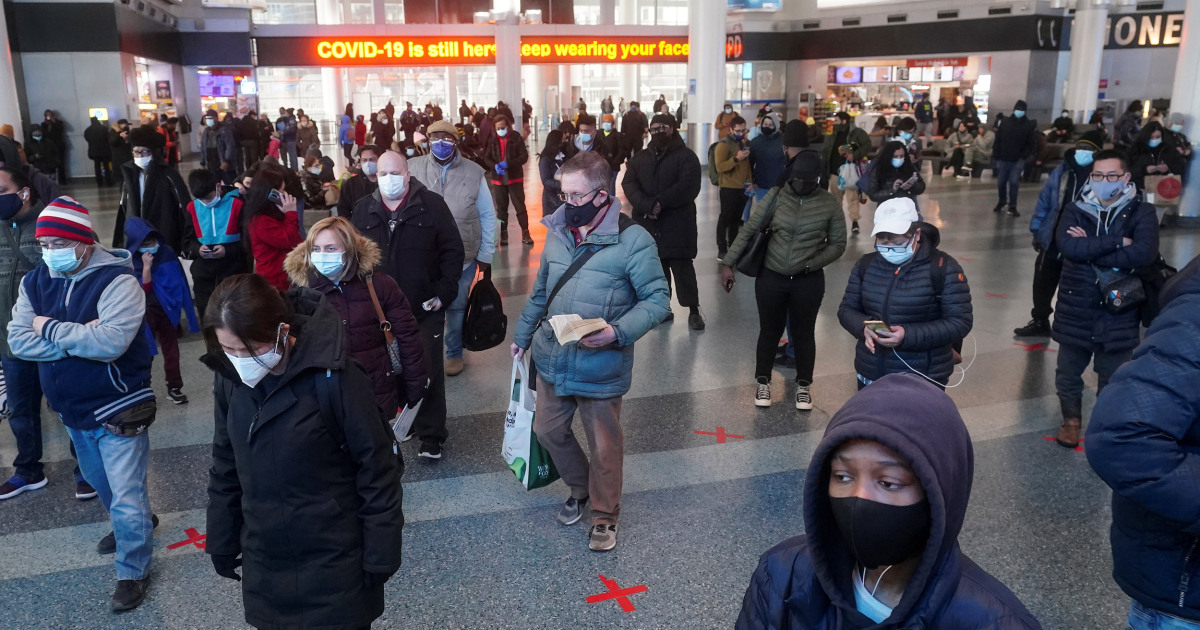New York has its first case of a contagious coronavirus variant found for the first time in Brazil, Governor Andrew Cuomo announced in a statement on Saturday.
The patient with variant P.1 was identified at Mount Sinai Hospital in New York City, said the governor’s office. The patient is a Brooklyn woman in her 90s “with no travel history,” according to the statement.
His potential local contacts were being tracked, according to Cuomo.
“The detection of the Brazilian variant here in New York further underscores the importance of taking all appropriate measures to continue to protect your health,” said Cuomo. “While it is normal for a virus to mutate, the best way to protect yourself is to continue to wear a tight-fitting mask, avoid large crowds, social distance, wash your hands and get vaccinated when it’s your turn.”
Complete coverage of the coronavirus outbreak
Health officials maintained the hope that vaccination would halt variants of the virus.
“This is a race between the vaccine and the variants, and we continue to make tremendous progress in bringing vaccines into the arms of eligible New Yorkers,” said New York State health commissioner Dr. Howard Zucker in the announcement. of the governor.
“In the meantime,” he said, “we remind New Yorkers to do everything they can to protect themselves and their neighbors, while we continue to control this pandemic.
Download the NBC News app for complete coverage of the coronavirus outbreak
The Brazilian variant is among a series of rapidly evolving versions of the virus that are causing concern for health authorities. They are also tracking the B.1.526 strain in New York, the B.1.1.7 variant in the United Kingdom, the B.1.351 strain in South Africa and the California variant called B.1.427 / B.1.429.
The Brazilian variant was first detected in the United States in late January. The Centers for Disease Control and Prevention considered it one of the “variants of concern” because it has the potential to increase transmission and more severe symptoms.
Josh Cradduck contributed.

